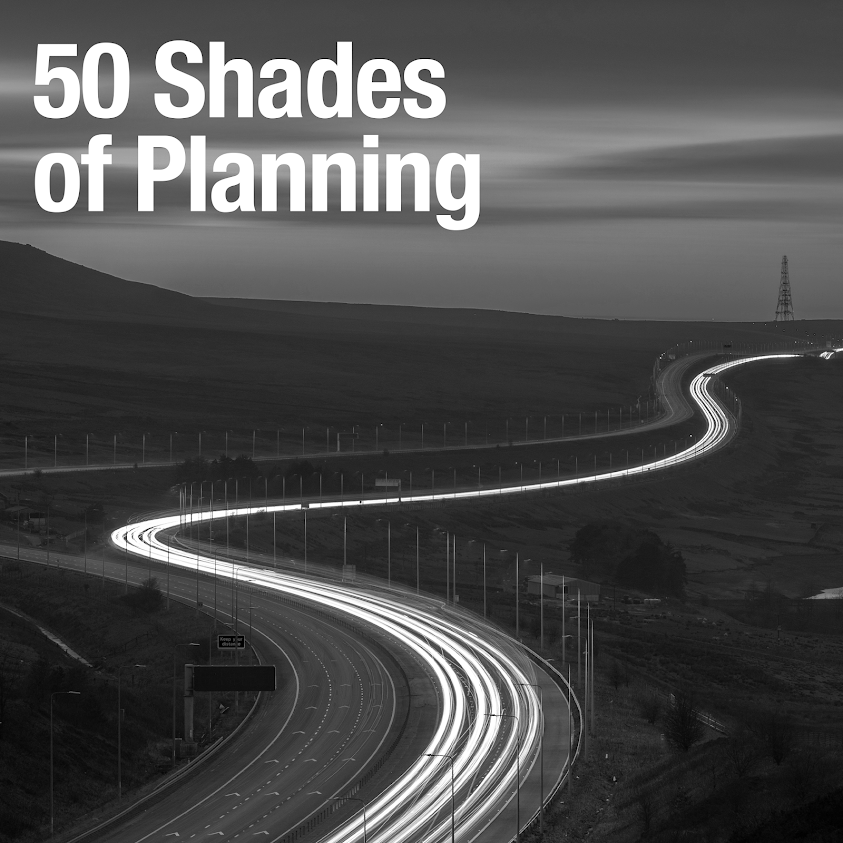Episode 86 of the 50 Shades of Planning Podcast is a discussion with John Cheston, Ian Butt, Kim Tagliarini, Chris Outtersides and Catriona Riddell about a paper they contributed to in October 2022 entitled 'What does a good local plan look like?' The paper is reproduced here for both the 50 Shades listenership and planners more widely. What does a good local plan look like? A Discussion Paper October 2022 Summary The Government embarked on an overhaul of the planning system in England in August 2020. Since then, various proposals have been considered with the overarching aim being a faster, fairer and simpler planning system. A key part of this is maintaining a ‘plan-led’ approach with a focus on more community participation, particularly through the use of digital technology and in things like design coding, making decision-making through the development management function faster and less divisive. This discussion paper has been co-authored by a group of spatial planning pro
